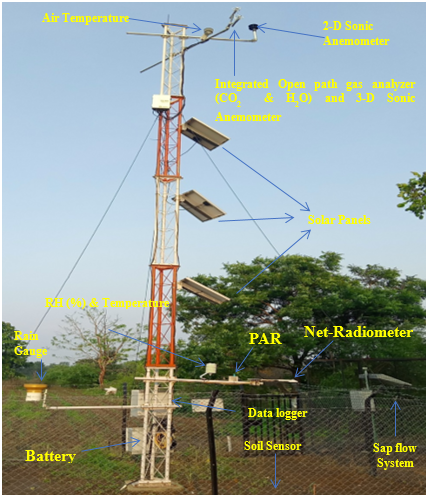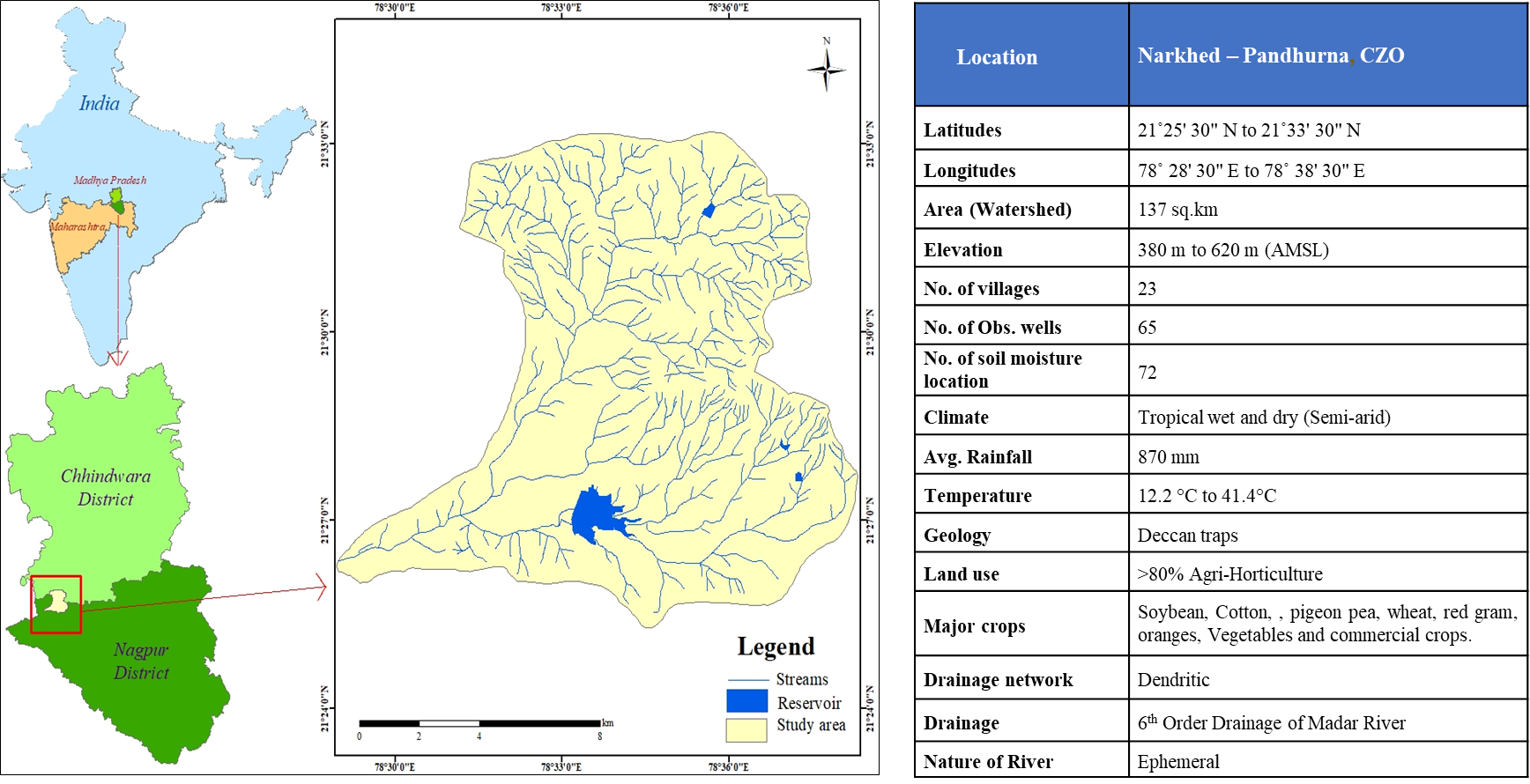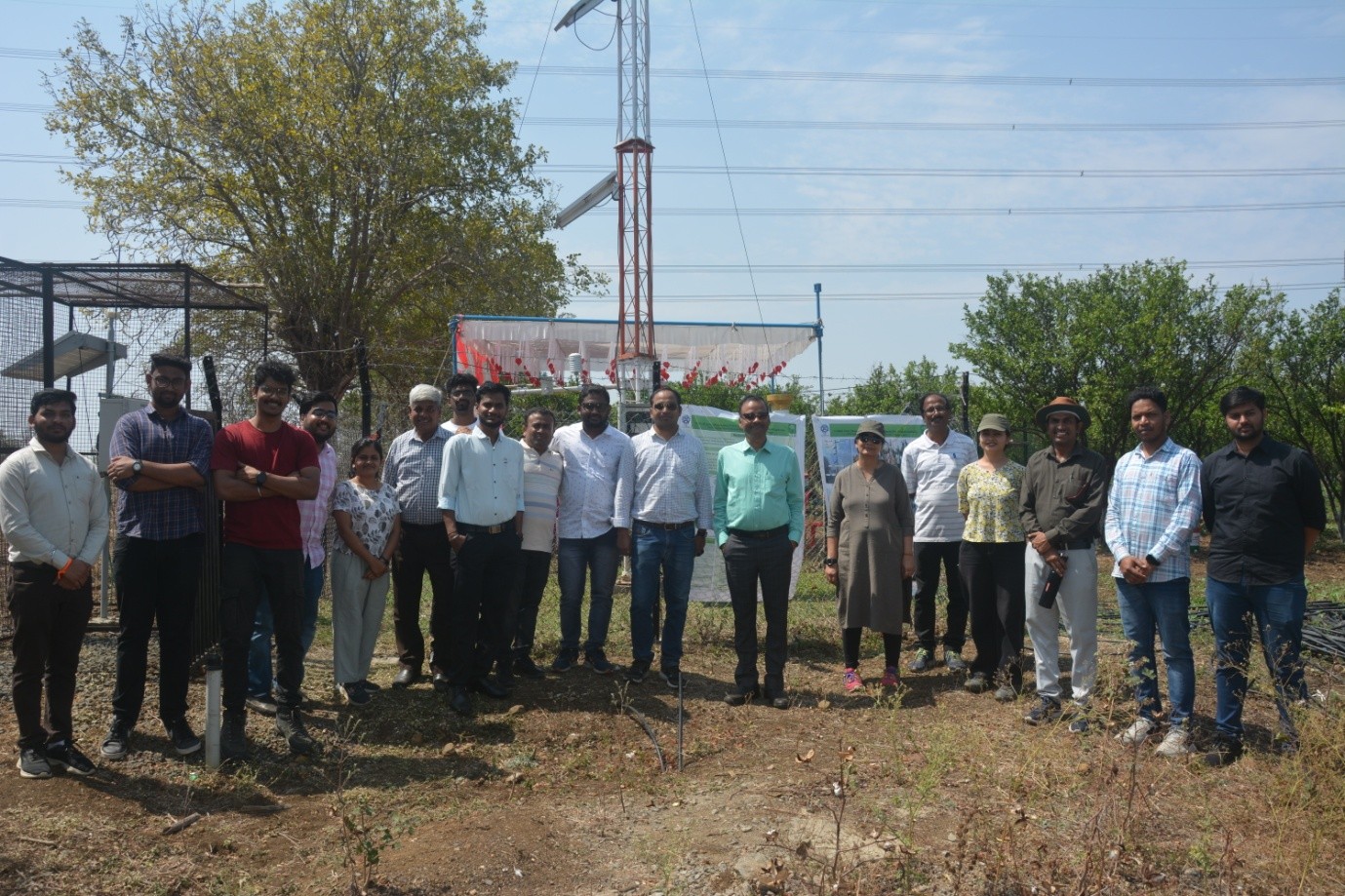
A constituent laboratory of Council of Scientific & Industrial Research (CSIR)
(AUTONOMOUS ORGANISATION UNDER THE DEPT. OF SCIENTIFIC & INDUSTRIAL RESEARCH, MINISTRY OF SCIENCE & TECHNOLOGY, GOVT. OF INDIA)

Critical Zone Research owes its inception to the document titled "Basic Opportunities in Earth Sciences," prepared by the National Research Council USA in 2001. The concept generated interest in interdisciplinary research involving different fields such as Geology, Geochemistry, Hydrogeology, Geophysics, Atmospheric Science, Terrestrial Ecology, and Soil Science. As a result, Critical Zone Observatories (CZOs) supported by the NSF emerged in the USA in 2005 for long-term monitoring of various processes in the Critical Zone. CZOs were subsequently established in Europe and other parts of the world. The importance of Critical Zone Science in India was highlighted by the INSA, and the idea was promoted by the MoES. CSIR-NEERI took the lead in organizing Brainstorming Sessions (BSS) in October 2013 and November 2014. As an outcome of the BSS, CZOs were initiated in different parts of the country. The CZO in the Central Zone was initiated by CSIR-NEERI in 2017. As Critical Zone Science requires long-term monitoring, the study needs to be continued to generate scientific data that can address various research questions. There is a unique opportunity to collect data in the semi-arid climate that characterizes the CZO and compare the processes with CZOs in other climatic and lithological settings. The Observatory has the Eddy covariance flux tower for the real time monitoring of CO2, H2O and other hydro-meteorological parameters. The Sap flow system is also installed to estimate the root water uptake which can be useful for the sustainable water management.
Focus of NP-CZO: The NP-CZO research focuses on understanding vegetation that depends on groundwater within the critical zone, with particular attention to both native and invasive species. It aims to assess the extent of groundwater reliance among different plant types, shedding light on how this influences ecosystem structure and function. Furthermore, the study involves estimating Net Ecosystem Exchange (NEE) through measurements of CO2 and H2O fluxes, which will provide valuable information about the sink potential of the ecosystem. The data generated will offer valuable insights to facilitate sustainable water management at the watershed scale.

Eddy Covariance Tower

Details and location map of study area
| Sr. No. | Instruments | Parameter Measured | Frequency of Measurements |
|---|---|---|---|
| 1 | Eddy Flux | CO2, H2O, RH, Temp, WS, WD, PAR, Rainfall and SM | 30 Minutes |
| 2 | Sapflow | Evapotranspiration | 30 Minutes |
| 3 | HydraGO | Soil Moisture (%), Bulk EC RAW (dS/m), Soil Temp (C), Raw Real Dielectric, Raw Imaginary Dielectric | Monthly |
| 4 | Automatic Weather Station | Rainfall, RH, Temp, WS and WD | 15 Minutes |
| 5 | Pumping Test (Aquifer Performance Test) | Yield of wells (Transmissivity, Hydraulic Conductivity, Specific Yield, Storativity) | 6 Months |
| 6 | Water Level Indicator | Water Level Measurement | Monthly |
| 7 | Flow Velocity Meter | Water Flow Measurement | Seasonal |
| 8 | Double Ring Infiltrometer | Measurement of Soil Infiltration | Winter and Summer |
| 9 | Geophysical | ERT, GPR, and MASW | Once in Year |
